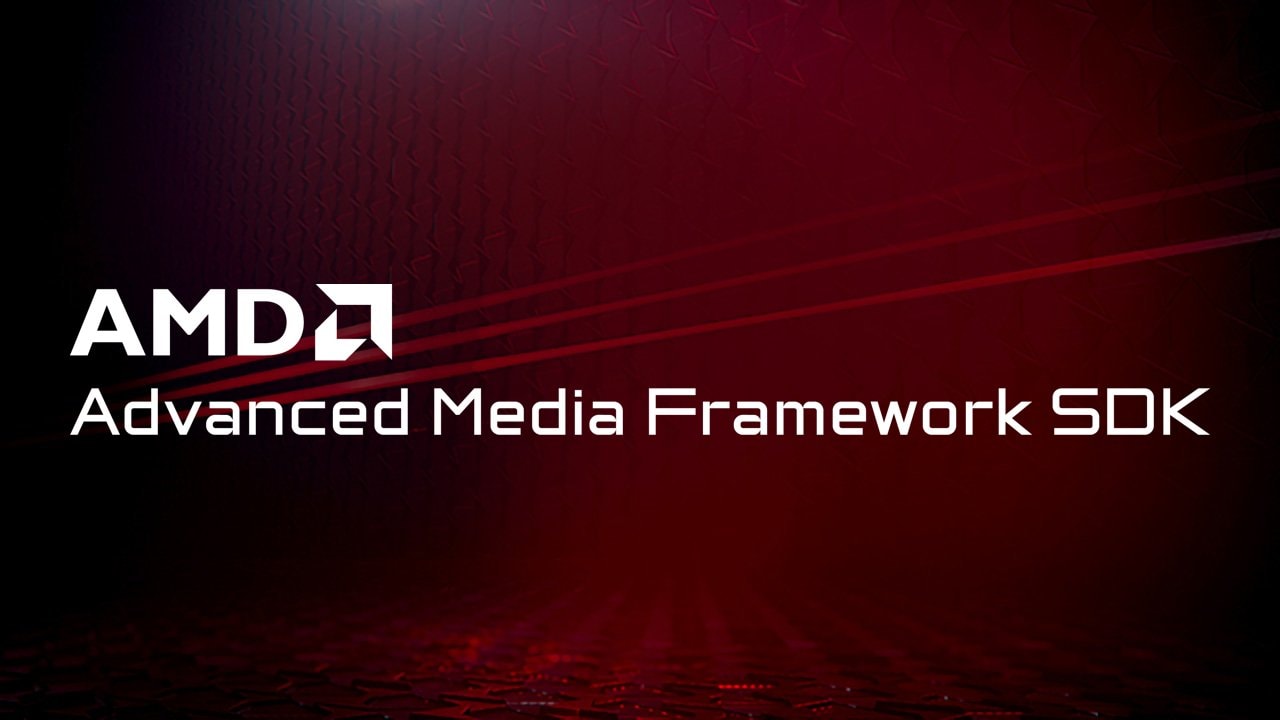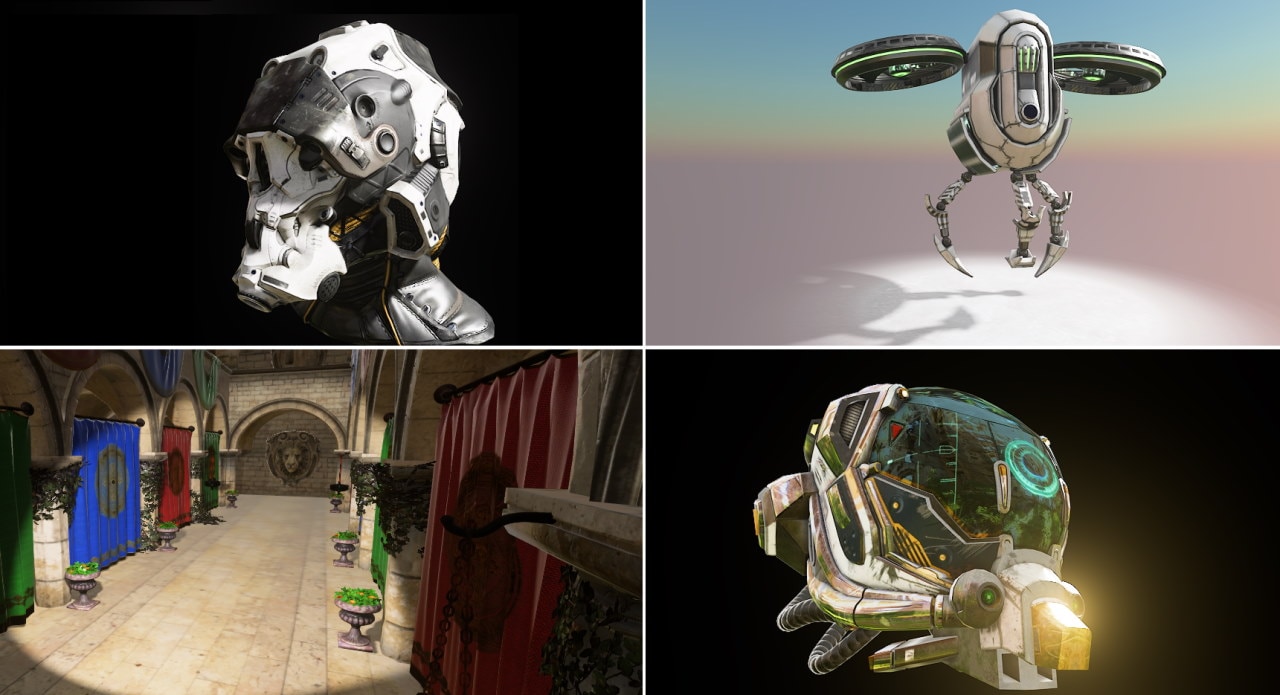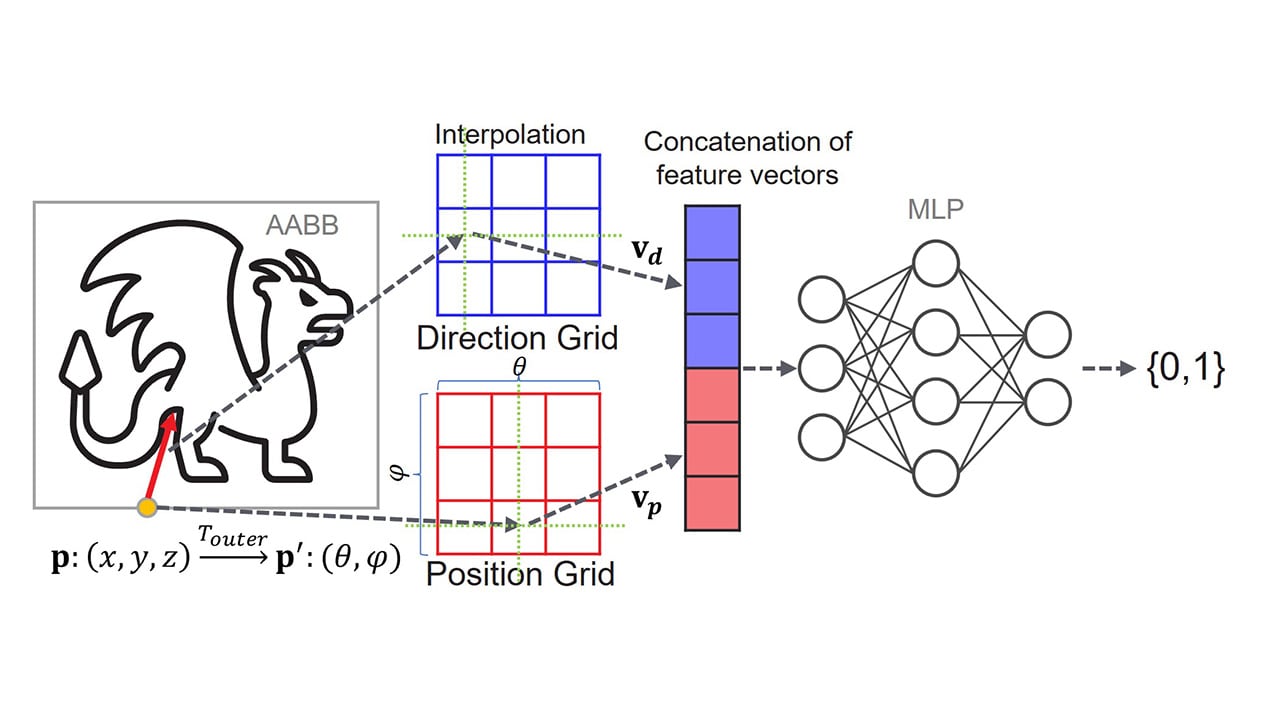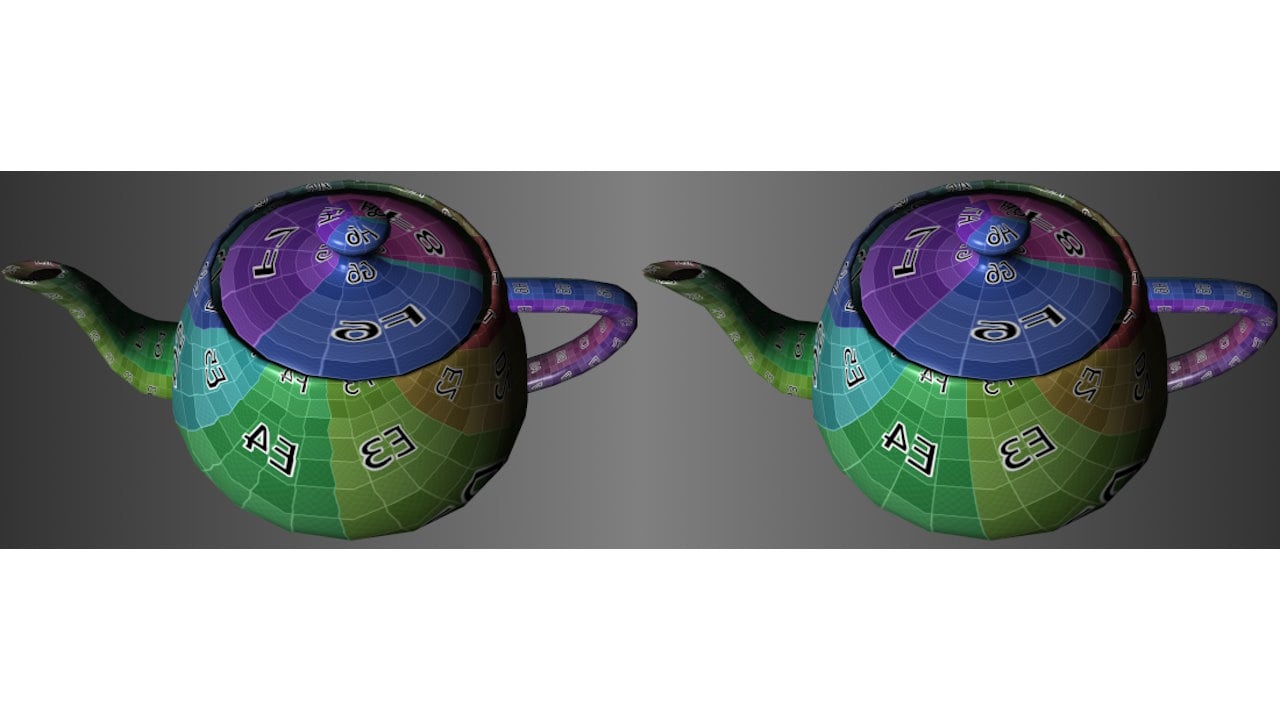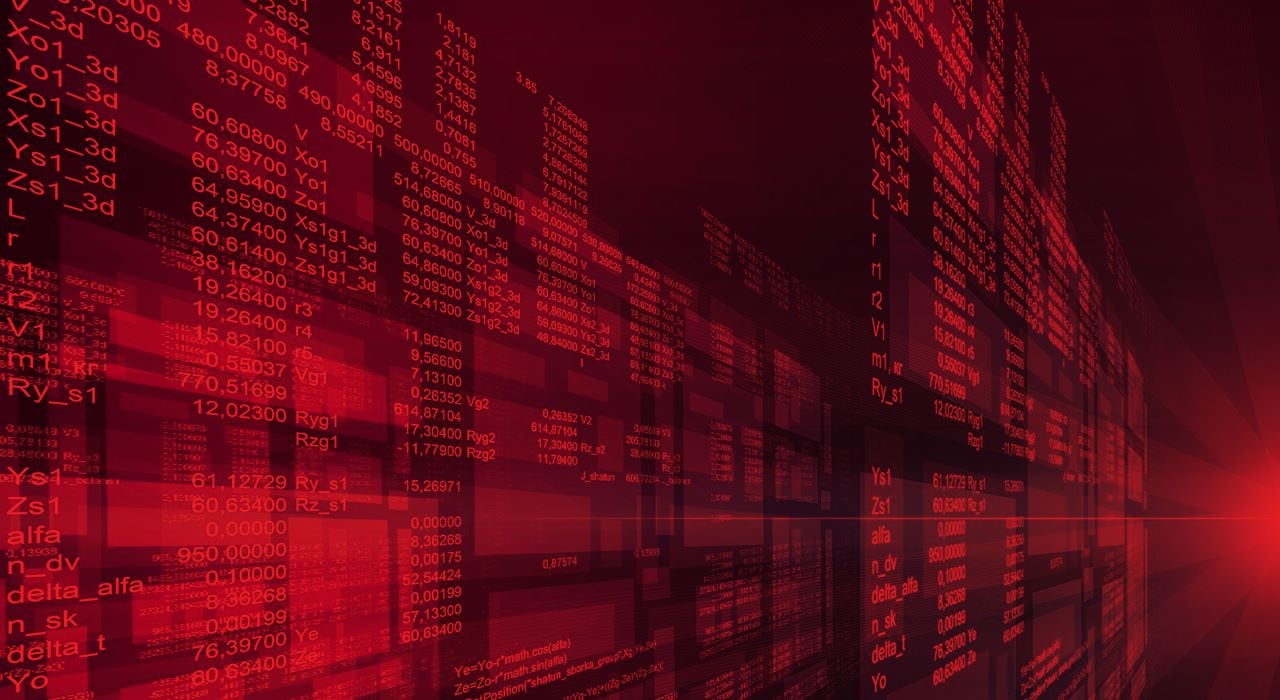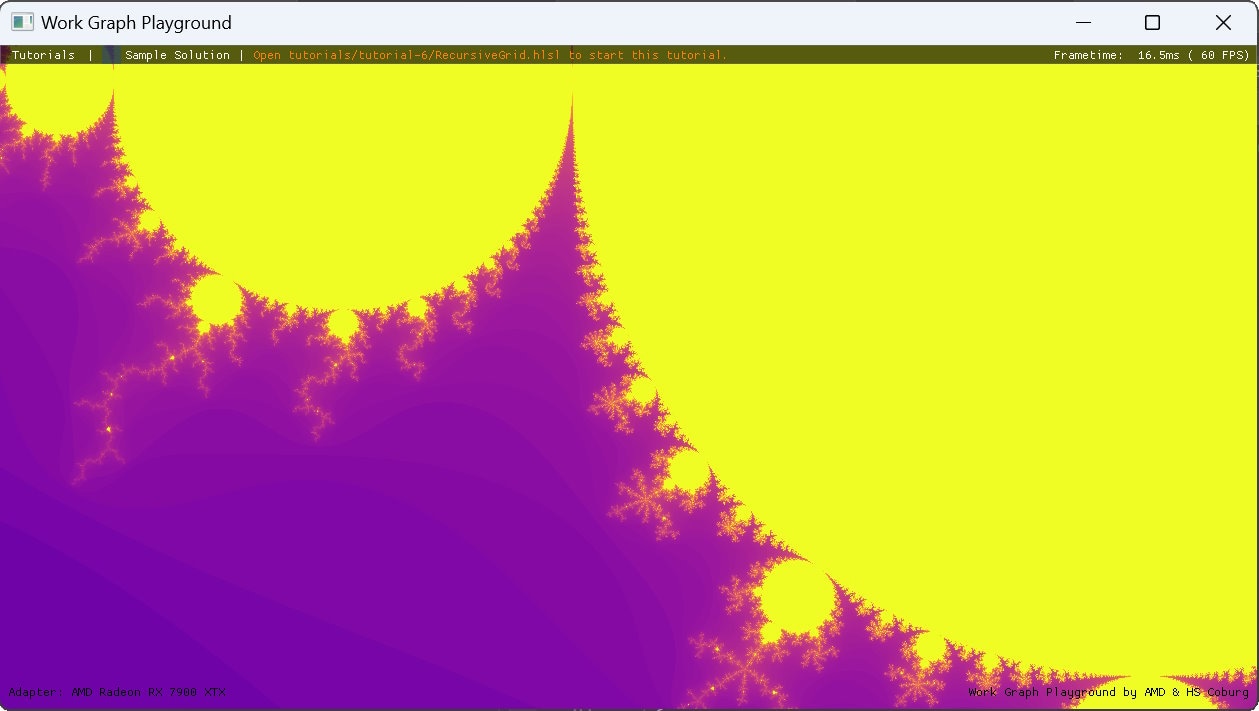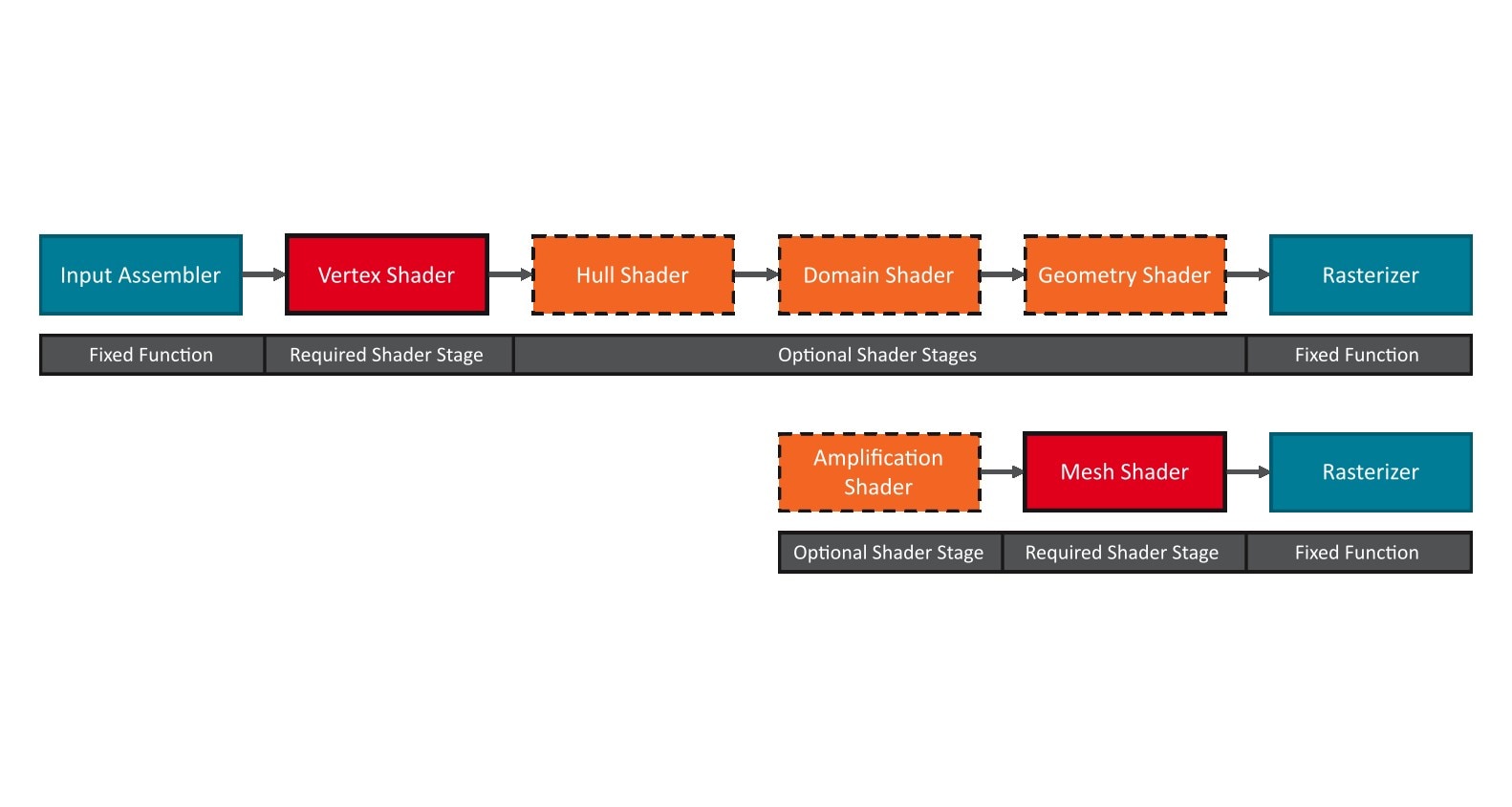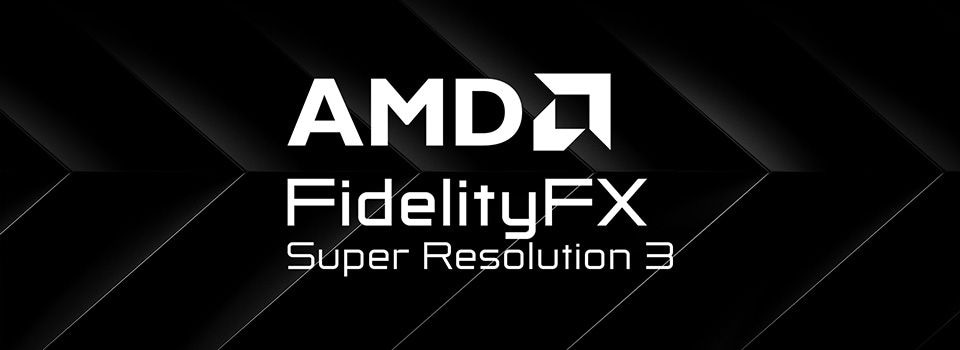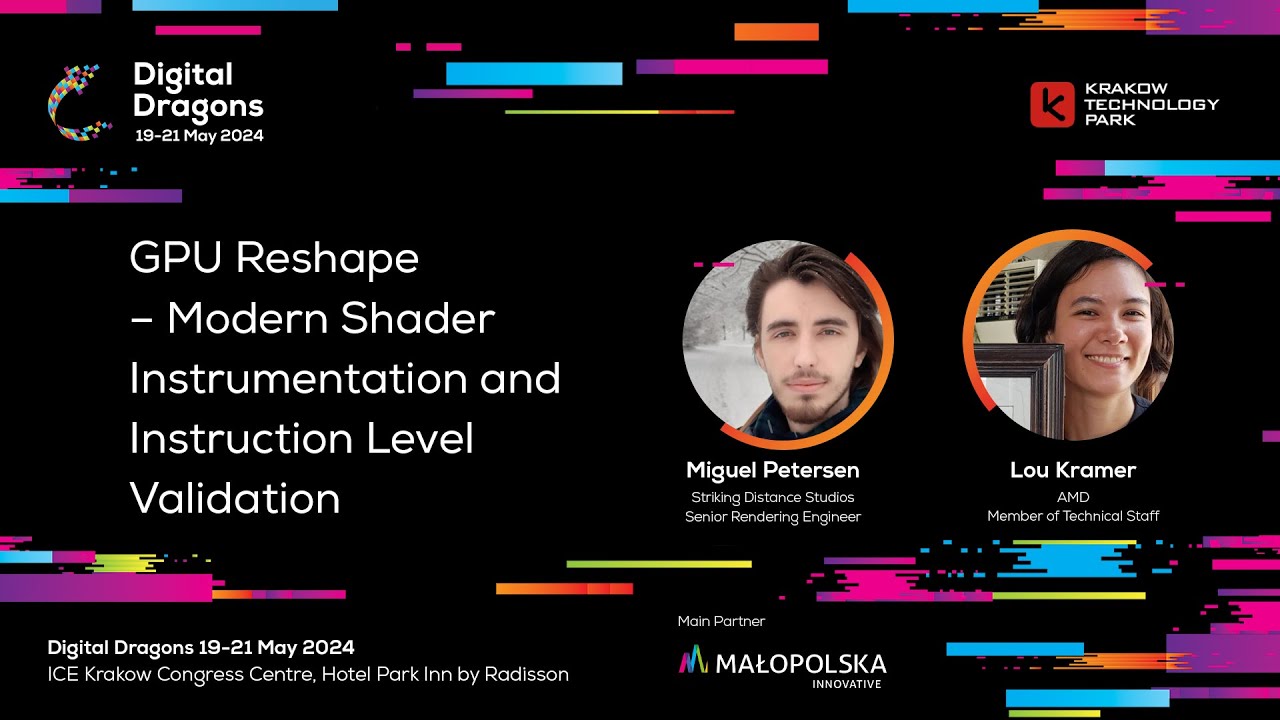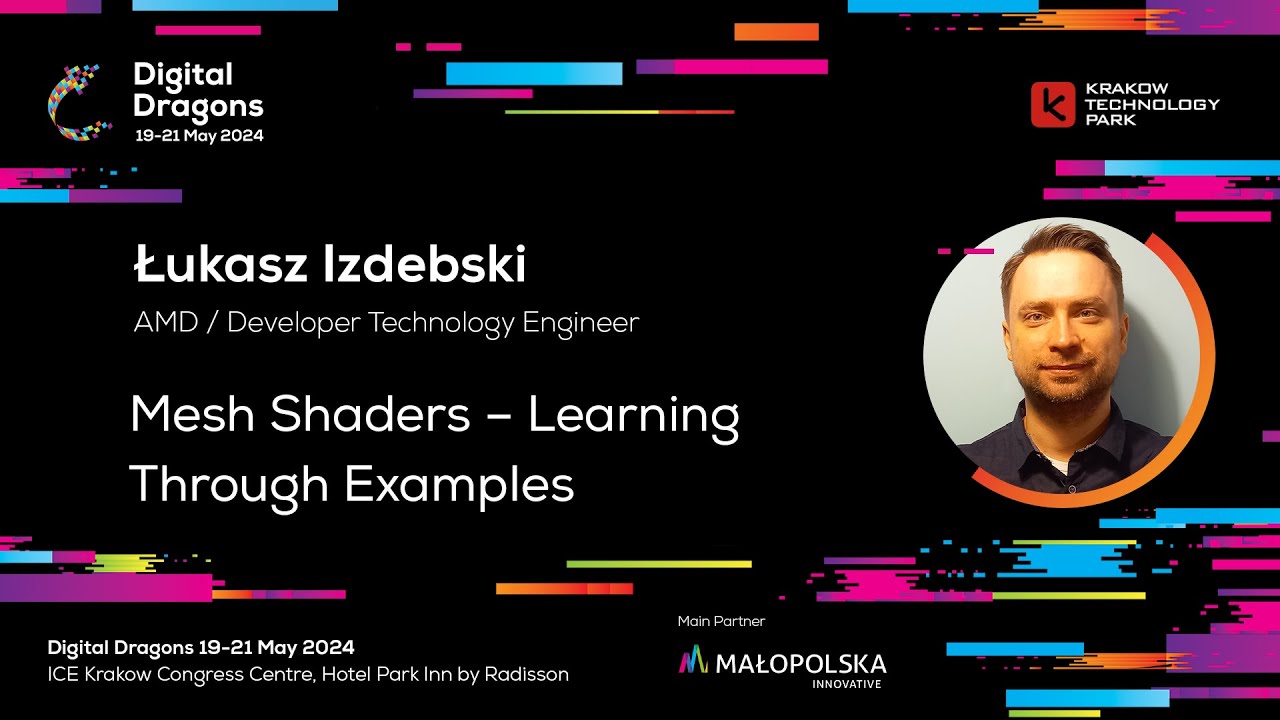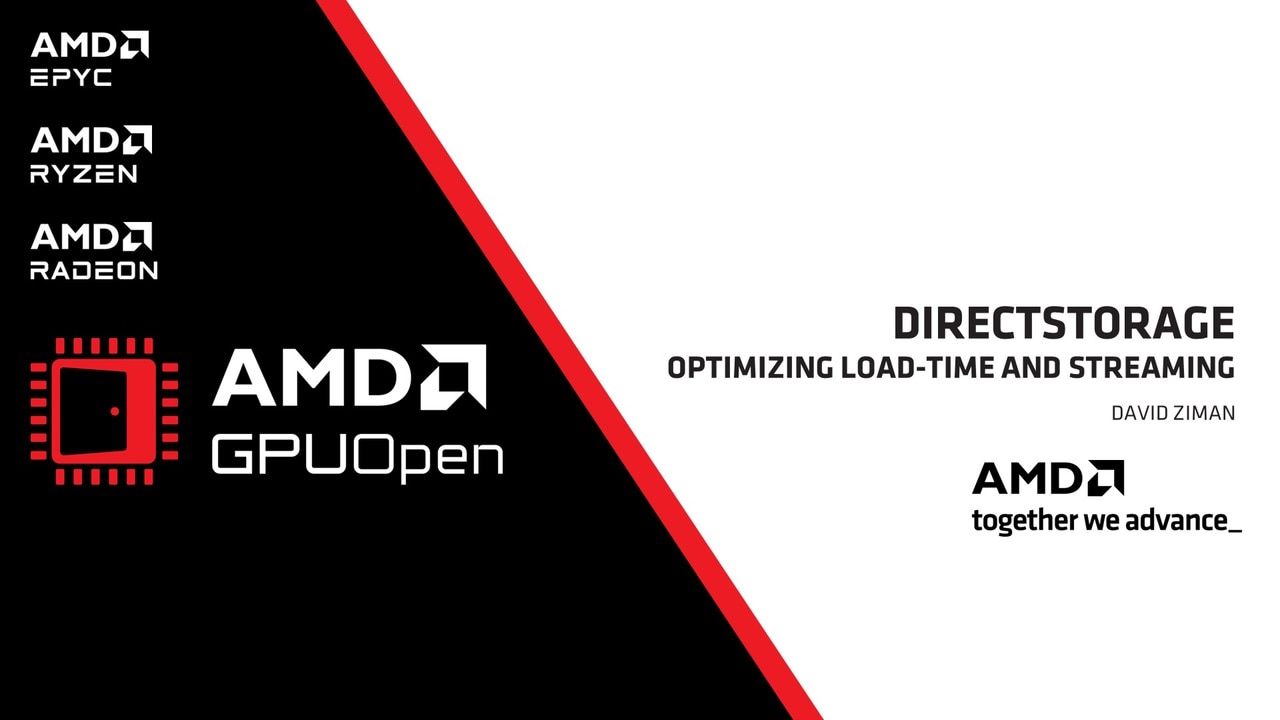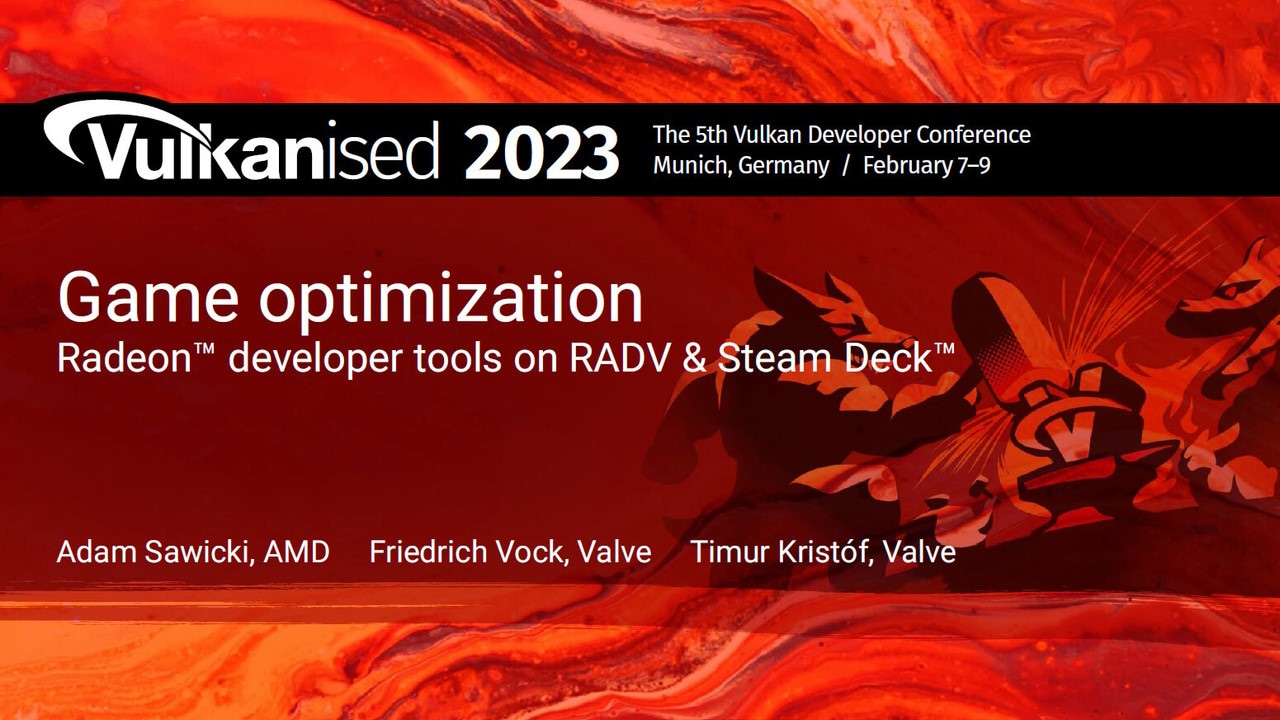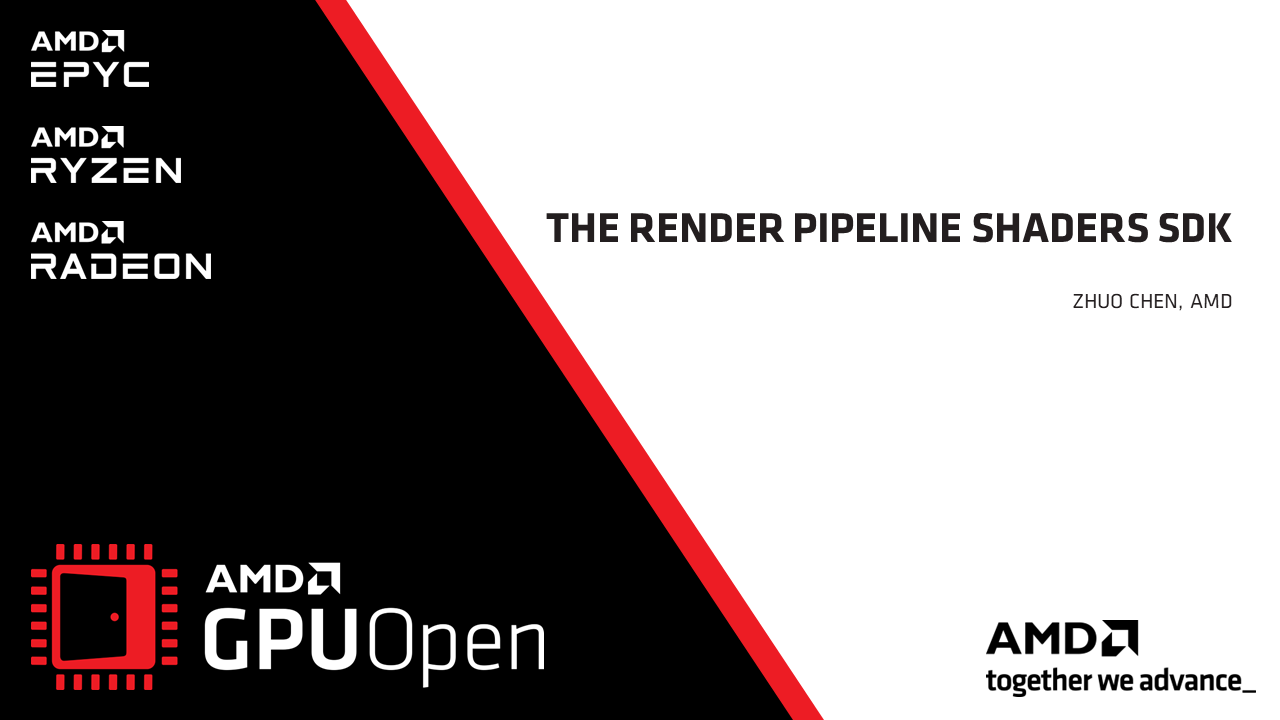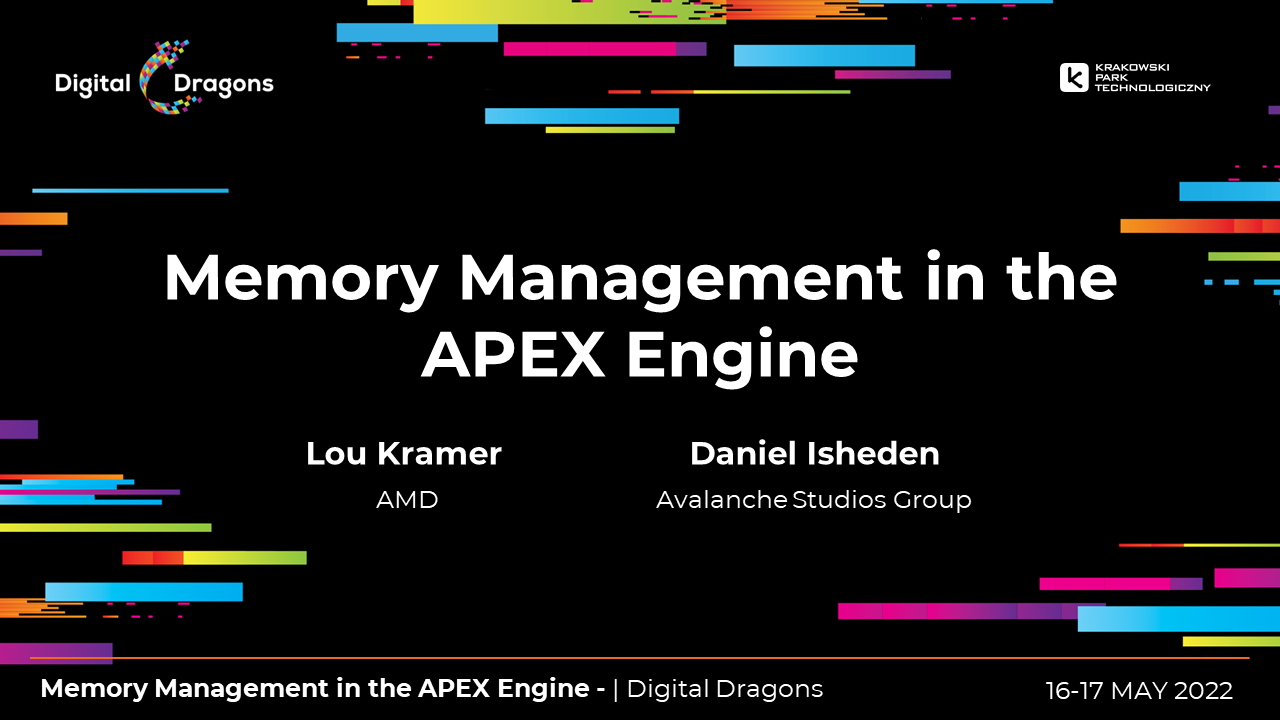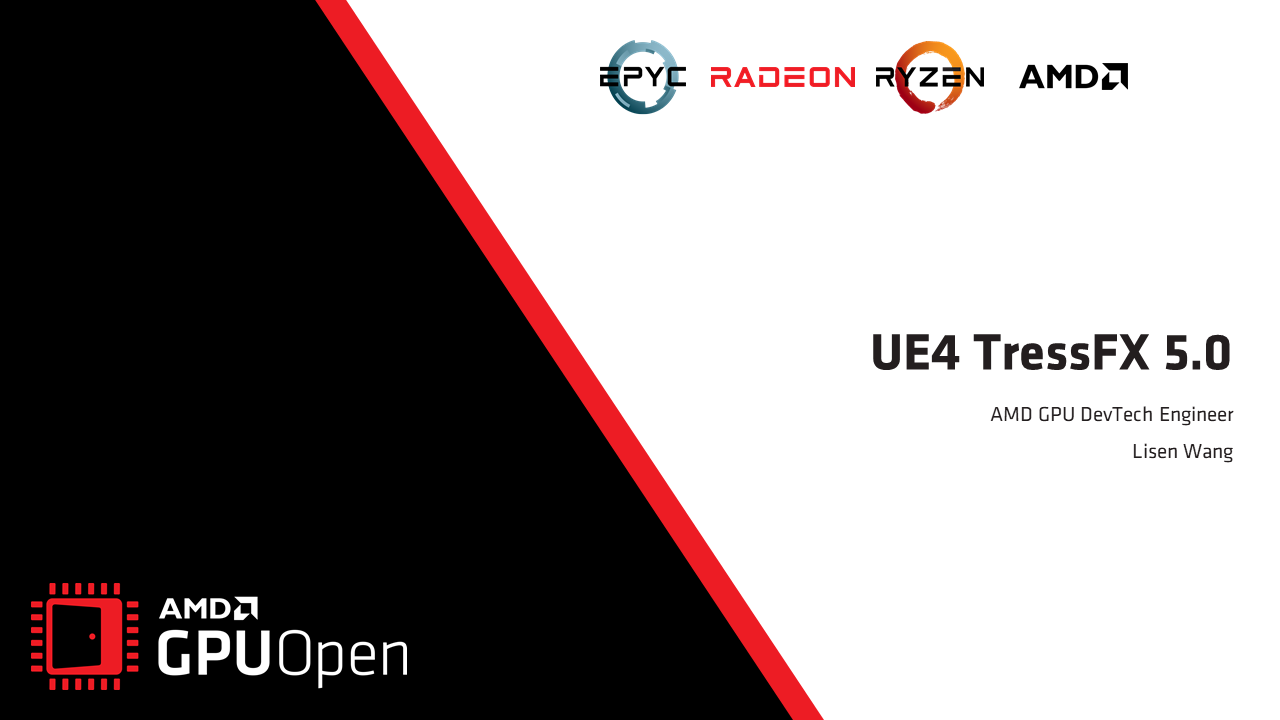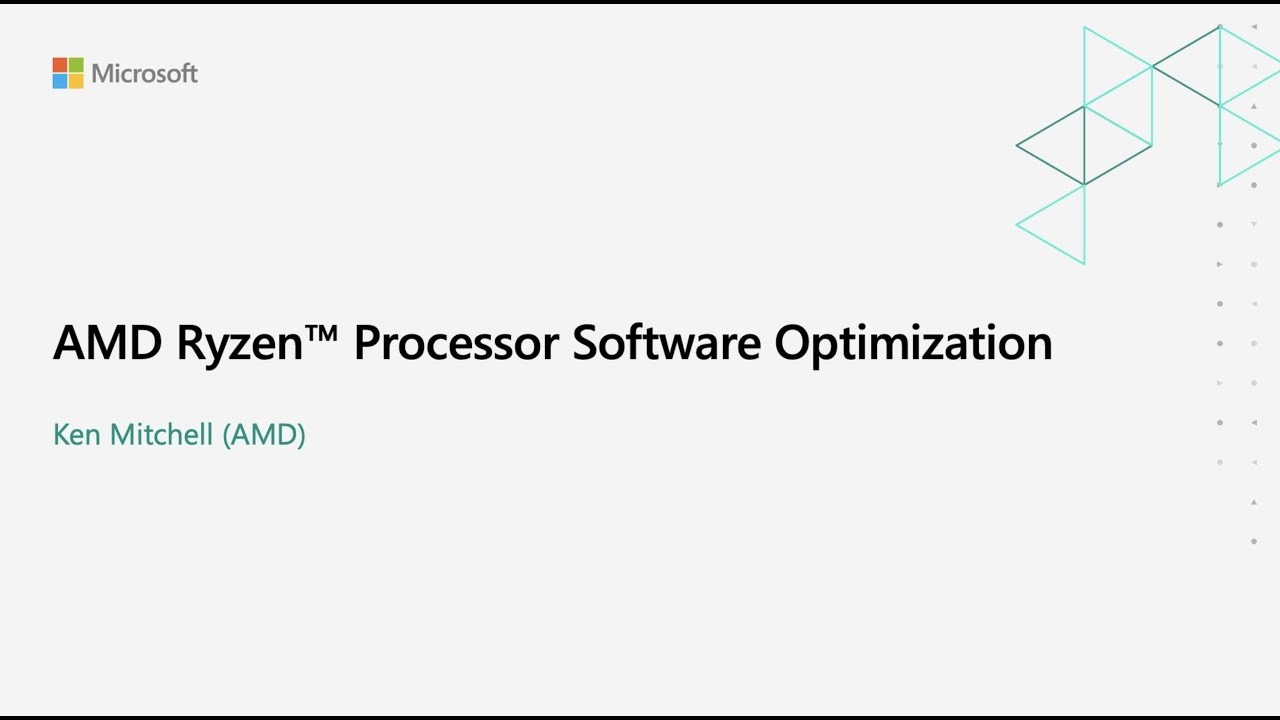

Editor’s Note: Although this post was written before GDC 2017, the tables below contain valid links to the presentations that were shown.
Another year, another Game Developer Conference! GDC is held earlier this year (27 February – 3 March 2017) which is leaving even less time for speakers to meet their deadline for finalizing their presentations. GDC is always a frantic experience, and the combination of developer meetings, presentations to attend, walking the show floor, and impromptu conversations is the perfect mix of activities that anyone could wish for in our amazing game industry.
Like previous years AMD will be attending the conference. Our participation includes a number of presentations from AMD staff and their partners.
The Advanced Graphics Techniques tutorial held in conjunction with my colleagues at NVIDIA is back on the first day of the conference as usual. This year we’re hosting several smaller 30 minutes sessions as part of the tutorial in order to cover a wider variety of topics including DirectX® 12 features and optimizations, Vulkan™, and visual effects. In particular, I recommend attending the presentations from our guest speakers Jurjen Katsman from Nixxes and Tiago Rodrigues from Ubisoft Montreal, who will share their experiences of porting and optimizing their game engines to DirectX 12.
In addition to the tutorial day AMD will be presenting several sessions. Regular GPUOpen blogger and DevTech engineer Matthaeus Chajdas will be presenting part 2 of his famous D3D12 & Vulkan: Lessons learned presentation. Matthaeus will narrate his experiences of helping several developers modify their engines to tame those explicit APIs. Besides looking at how engines evolved, Matthaeus will also highlight how the APIs themselves have changed based on community feedback. Anyone developing or planning to develop their next game will learn a lot from this session.
The popularity of the Graphics Core Next (GCN) graphics architecture is now well established. In his Advanced Shader Programming on GCN talk, CRT monitor aficionado and anti-aliasing guru Timothy Lottes will explain how to leverage the features of the GCN instruction set for optimal performance. If you’re into writing shaders you will want to attend this session!
Real-Time Finite Element Method (FEM) and TressFX 4.0 combines two topics together. The first will cover a novel technique based on FEM to handle physics destruction and deformation. The second will detail the recent advancements done to the GPUOpen TressFX hair/fur simulation and rendering technology, in particular with regard to DirectX 12 support and collision handling via Signed Distance Fields.
Explicit DirectX 12 Multi GPU rendering will provide a comprehensive look at how the programming model of this API enables the custom use of multiple GPUs in game engines. Dan Baker is co-presenting this session, and will explain how Oxide Games took advantage of this advanced level of control to enable optimal multi-GPU performance scaling in their Nitrous engine.
True Audio Next and Multimedia AMD APIs in games and VR applications development will provide details on the GPUOpen SDKs that enable the integration of advanced audio and video technologies into VR titles.
Radeon ProRender and Radeon Rays in a Gaming rendering workflow is a session for those developers interested in the content authoring aspect of game development. The low-level GPUOpen Radeon® Rays library is used by developers wanting fast CPU and GPU-accelerated ray intersection functionality to integrate into their own projects. Radeon ProRender is a higher-level library, built on Radeon Rays, that allows the visualization of photorealistic 3D models and that can be integrated directly into game engines.
Enabling next-generation quality graphics and game logic requires a powerful CPU. Optimizing for AMD Ryzen CPU will provide details on AMD’s new flagship “Zen” x86 CPU architecture, and present optimizations techniques to harness the power of Ryzen to deliver the best possible experience from these processors.
Details on all AMD GDC sessions can be found in the below tables.
Advanced Graphics Techniques tutorial
| Session | Speaker | Room | Day/Time | Link |
|---|---|---|---|---|
| D3D12 and Vulkan Done Right | Gareth Thomas (AMD) | 2006 | Monday 10:00-11:00 | View |
| Wave Programming in D3D12 and Vulkan | David Lively (AMD) & Holger Gruen (NVIDIA) | 2006 | Monday 10:00-11:00 | View |
| How to thrive on the bleeding edge whilst avoiding death by a 1000 paper cuts | Jurjen Katsman (Nixxes) | 2006 | Monday 11:20-12:20 | Register |
| Async Compute – Deep Dive | Alex Dunn (NVIDIA) & Stephan Hodes (AMD) | 2006 | Monday 13:20-14:20 | View |
| Raster Ordered Views and Conservative Rasterization | Rahul Sathe (NVIDIA) & Evgeny Makarov (NVIDIA) | 2006 | Monday 13:20-14:20 | Register |
| Moving to DirectX 12: Lessons Learned | Tiago Rodrigues (Ubisoft Montreal) | 2006 | Monday 14:40-15:40 | View |
| Cinematic Depth of Field | Karl Hillesland (AMD) | 2006 | Monday 16:00-17:00 | View |
| Advanced Particle Simulation in Compute | Hammad Mazhar (NVIDIA) & Richard Tonge (NVIDIA) | 2006 | Monday 16:00-17:00 | Register |
Other sessions
| Session | Speaker | Room | Day/Time | Link |
|---|---|---|---|---|
| D3D12 & Vulkan: Lessons learned | Matthaeus Chajdas (AMD) | 2020 | Wednesday 9.30–10.30 | View |
| Advanced Shader Programming on GCN | Timothy Lottes (AMD) | 3009 | Wednesday 14.00–15.00 | View |
| Real-Time Finite Element Method (FEM) and TressFX 4.0 | Eric Larsen (AMD) & Dongsoo Han (AMD) | 3009 | Wednesday 15.30–16.30 | View |
| Explicit DirectX 12 Multi GPU rendering | Raul Aguaviva (AMD) & Dan Baker (Oxide Games) | 3009 | Thursday 10:00–11:00 | View |
| True Audio Next and Multimedia AMD APIs in games and VR applications development | Mikhail Mironov (AMD) & Pavel Siniavine (AMD) | 3009 | Thursday 11:30–12:30 | View |
| Radeon ProRender and Radeon Rays in a Gaming rendering workflow | Dmitry Kozlov (AMD) & Takahiro Harada (AMD) | 3009 | Thursday 12:45–13:45 | View |
| Optimizing for AMD Ryzen CPU | Kenneth Mitchell (AMD) & Elliot Kim (AMD) | 3009 | Thursday 16:00–17:00 | View |
